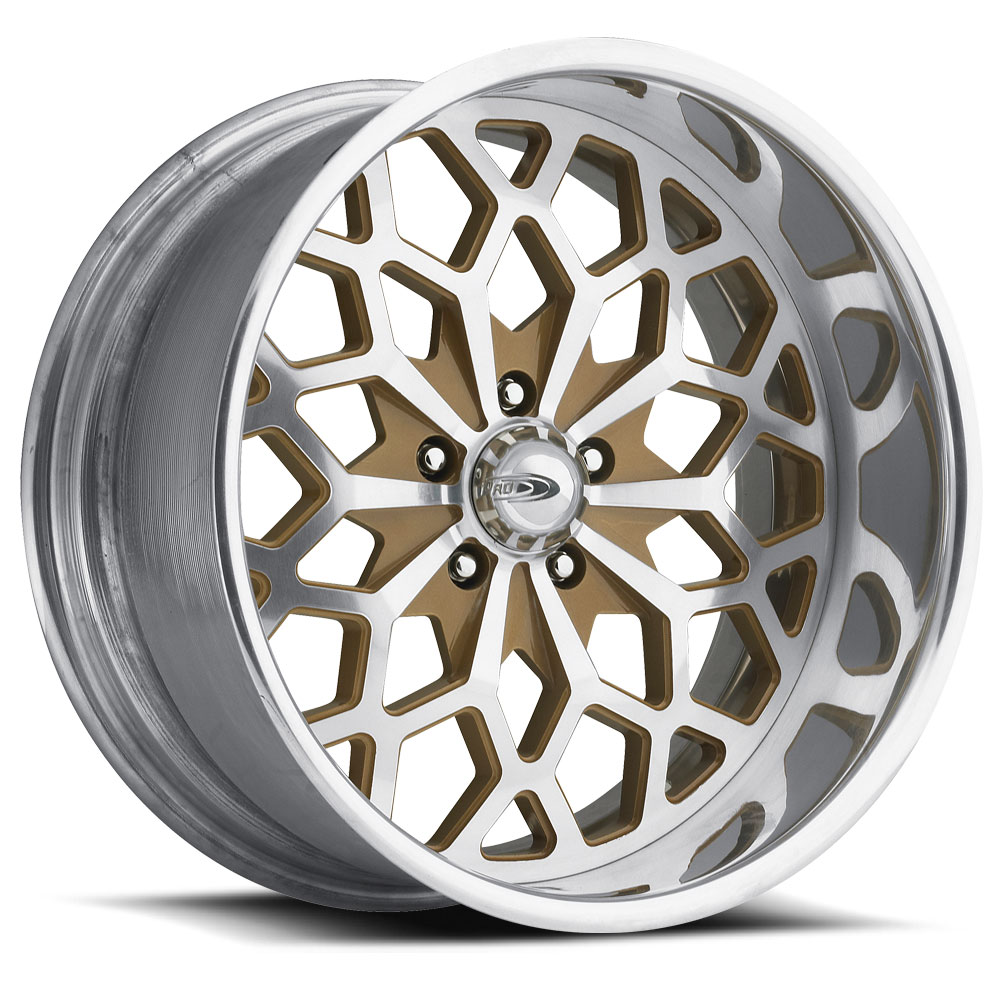

Use a watering can or hose with a gentle spray to thoroughly soak the area, allowing excess moisture to drain.Poke seeds into the dirt and gently pat down on top of the seeds.To plant outdoors, loosen the top inch or two of soil.You can either start seeds indoors in small containers and transplant them in the spring or sow seeds directly in the soil after the danger of the last frost has passed. Water thoroughly, allowing all excess moisture to drain.Use the potting mix to fill in around the roots. Place the plant in the hole so that the base of the stem is even with the top of the ground or just 1 to 2 inches below the rim of the container.If you’re planting more than one candytuft, space the holes about 12 inches apart. Next, create a hole in the potting mix or in the dirt that’s slightly larger than your plant’s root ball.Whether planting in the ground or in a container, first ensure that your soil is well-draining by mixing in sand or perlite, if needed.
#Snow flake rims how to#
How to Plant Snowflake Candytuft Nursery Plants Snowflake candytuft blossoms in late spring and early summer. So, its addition to your garden will help improve the health of all your plants and your local pollinator population. With their woody stems, snowflake candytuft flowers also make excellent cut flowers for arrangements and for drying.Īdditionally, snowflake candytuft’s sweet fragrance attracts a variety of pollinators including butterflies, moths, and bees. Uses and BenefitsĮnthusiasts primarily plant snowflake candytuft for its evergreen, blossoming ornamental value that, in climates with mild winters, offers year-round appeal in the garden. The plants produce abundant snowy-white corymbs of flat flower clusters that emit a pleasantly sweet fragrance that is somewhat similar to hyacinth flowers. The foliage is oblong and lance-shaped with a sometimes leathery texture. Snowflake candytuft plants are herbaceous shrubs with woody stems and a billowing mounding and somewhat spreading habit. Snowflake Candytuft Botanical Characteristics Today, it can be round growing naturally in Syria, Northern Africa, and North America. Iberis sempervirens is native to areas of the Iberian Peninsula, the British Isles, Italy, France, the Balkan Peninsula, and Europe. Moist, well-draining, neutral to alkaline potting soil with a pH ranging from 5.5 to 8Īpply a low-nitrogen/high-phosphorous slow-release fertilizer once in the spring.ġ2 to 18 inches tall and wide at maturityĪbout Snowflake Candytuft (Iberis sempervirens)

Water thoroughly, allow excess moisture to drain, and allow the soil to mostly dry before watering again. Thrives in soil temperatures ranging from 65☏ to 70☏ with low to moderate humidity. Late spring through early summer (May, June, and July) Snowflake candytuft, evergreen candytuft, or perennial candytuft How to Grow Snowflake Candytuft – The Essentials Botanical Name:

When and How to Repot Container-Grown Plants.Pruning and Cutting Back Snowflake Candytuft.How, When, and Why to Fertilize Snowflake Candytuft.When and How to Water Snowflake Candytuft.How to Care for Snowflake Candytuft (Iberis sempervirens).



 0 kommentar(er)
0 kommentar(er)
